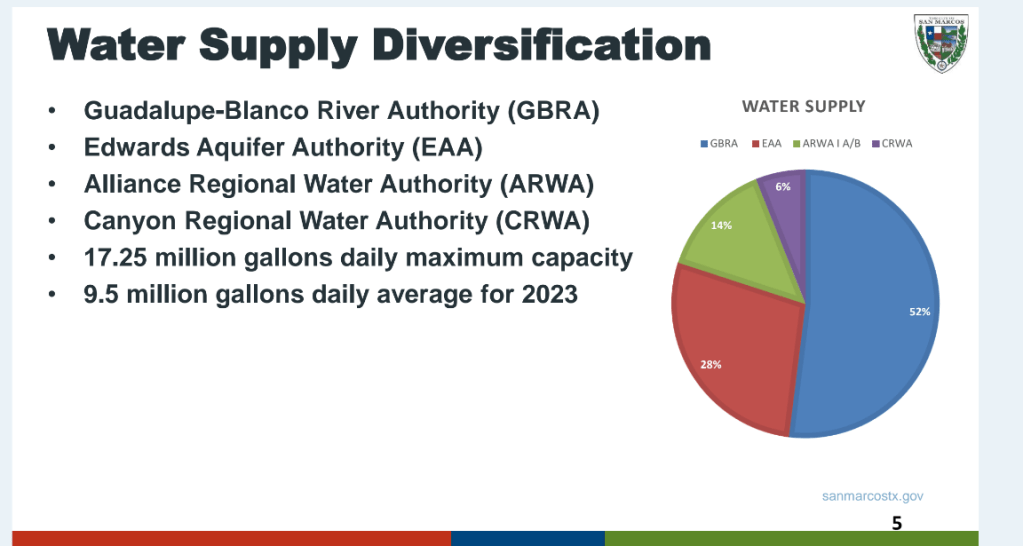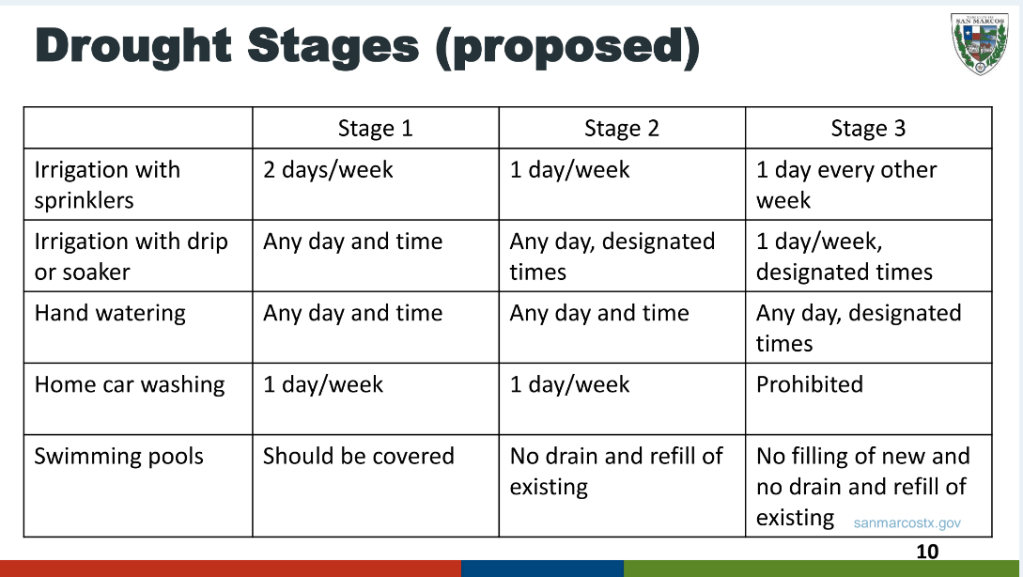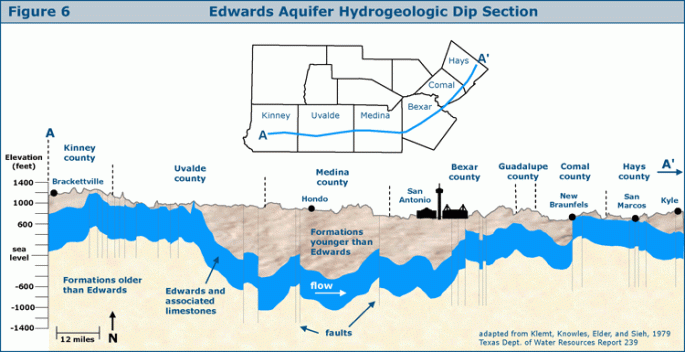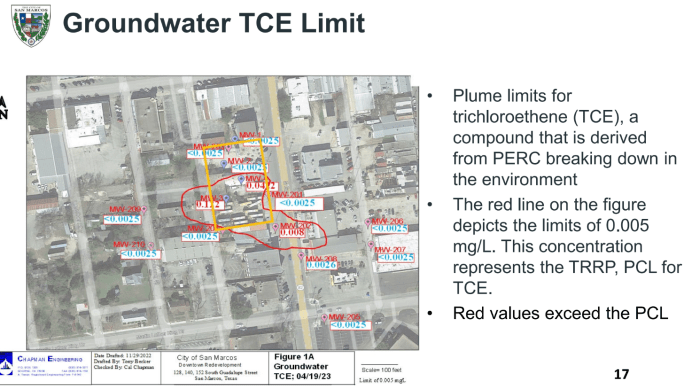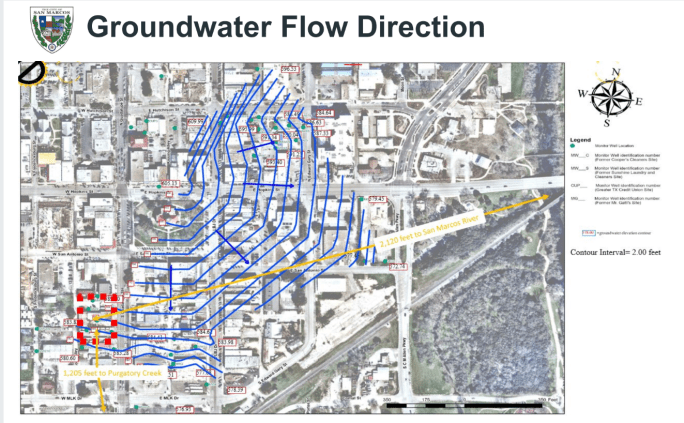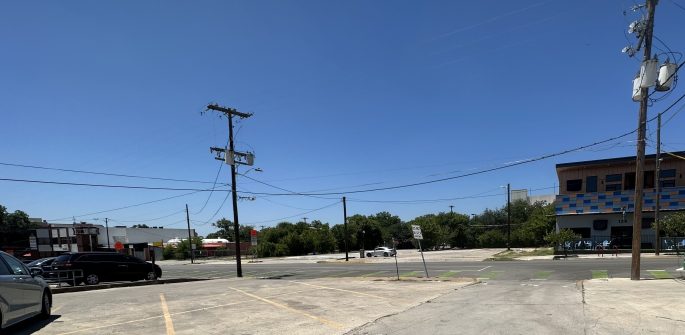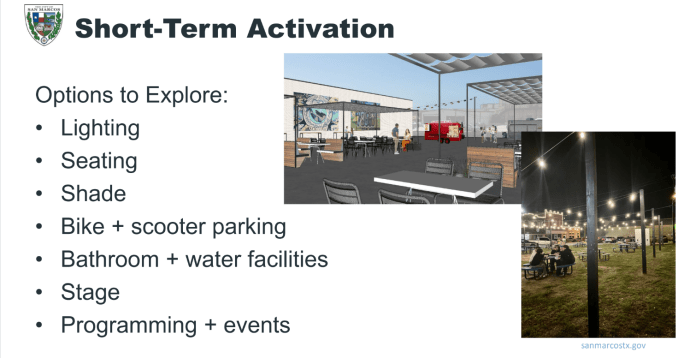ANOTHER FIVE HOURS MEETING! They’re trying to kill me over here!
Citizen Comments:
There was a full hour of citizen comments. It was basically a repeat of last week:
- Yes we love these Lindsey Street apartments! (9 speakers, but many work for the developer)
- No, we hate them! (Seven speakers)
- Ceasefire now in Palestine! (Four speakers)
Also Virginia Parker, from the San Marcos River Foundation, but I’ll save her comments for that section.
I mean, people did say some new stuff. I’ll save the relevant parts for the Lindsey Street discussion.
And, really, pass a ceasefire resolution already.
….
Next up we have some financial reports.
Items 1-3: Q1 Financial reports, Investment Reports, CBDG audit.
Here’s how our general fund is doing:

Just a note: “2024 YTD” is weird and confusing! Just to be clear, we’re talking about October, November, and December of 2023. It’s Q1 of Fiscal Year 2024. And “2023 YTD” means the last three months of 2022.
Anyway: The green bar is a little low. This is because property tax payments are coming in more slowly than last year. The speaker didn’t say why, but I assume it’s because Prop 4 passed in November, and so people got their tax bill later than usual. But the guy reassured us that it’s fine.
There’s also six Enterprise Funds: electric, water/wastewater, stormwater, resource recovery, airport, and hotel. They’re all fine! Everything’s fine!
Item 4: Short Term Rentals
We discussed short term rentals here and here already. We used to ban parties and require that STRs be owner-occupied, but (I think) the courts struck this down and so we had to rewrite our rules?
Loosely speaking, here’s what’s being proposed:
- All STRs would need a permit.
- Owners can only have one STR.
- Only one STR on a block, or at least 600 ft apart.
- Short-term tenants can have parties, but not excessively noisy ones, just like any other resident.
- Everyone who lives within 400’ gets a postcard with a hotline number to call if you’re having any trouble.
At the March meeting, both Shane Scott and Alyssa Garza voted no, but they didn’t exactly say why. Jane Hughson chided them to come back with amendments that make it work for them.
To his credit, Jude Prather did come back with amendments to make it work. This is good governance! Let’s problem-solve!
Jude proposes that we strike the limit per block. In other words, anyone can have an STR wherever they want. His reasoning goes that everyone should be able to rent out their own home, regardless of whoever pulled a permit on your street already.
Matthew Mendoza doesn’t like it. You could have whole blocks which are full of STRs! It’s happened before, like on Riviera Street!
This is Riviera Street:

You might recognize this backyard from the river:

right when you’re floating here:

I got those two images from the VRBO listing, so feel free to rent it yourself if you want.
Riviera’s probably the only place in central San Marcos where backyards open up right on the river, so yeah, I can believe Matthew when he says that they’re all STRs. (And he also says they each have different owners – it’s not a case of one outside developer buying up the whole block.)
What do I think? Eh, I think it’s fine. I don’t think entire blocks are going to get bought up, in general. The other rule – “1 rental per owner” – is really much stricter than the “1 per block” rule, as far as preserving your housing supply.
And it seems reasonable to allow everyone to at least rent out their own homestead. If I had an ADU and I couldn’t rent it out because someone down the block was already renting theirs out, I’d be annoyed.
The vote to strike the “1 per block” rule:
Yes: Alyssa Garza, Jane Hughson, Mark Gleason, Jude Prather, Shane Scott
No: Saul Gonzales, Matthew Mendoza
The vote on the whole set of STR rules, all together:
Yes: Alyssa Garza, Jane Hughson, Mark Gleason, Jude Prather, Shane Scott
No: Saul Gonzales, Matthew Mendoza
So there you have it. Done.
…
Item 7: Water Restrictions:
We’re writing new water stages. Twenty years ago, we got a bunch of money from the state to start up ARWA, which drills from the Carrizo-Wilcox aquifer and requires a little more treatment before you drink it.
That investment is finally showing up:

I’m guessing that’s the reason we’re re-writing our drought stages? Maybe not?
(Confidential to city staff who deal with water stuff: your slide is a few years out of date and it’s throwing me off, because I thought we weren’t getting ARWA water until later this year?)
Now:
The main thing that’s happening is that we’re going from 5 drought stages to 3 drought stages. This is supposed to make it simpler for everyone.
But there’s one other thing I want to discuss.
Last time, Virginia Parker from SMRF spoke about how the drought stage triggers were being recalculated. The staff person said hey, no worries! We look at all the sources! The details aren’t in the ordinance, but it’s department policy. No worries! So I didn’t worry.
This time, Virginia Parker spoke again and made the same point. However, this time it was a different staff member, and his answer was VERY different. So let’s dive in.
Background for Parker’s concern:
There are triggers that cause you to go from one drought conservation stage to the next. Under the old rules, we checked the Edward’s Aquifer level, the Comal level, and the San Marcos Springs level. If any of those were low, we moved to the next stage.
For example these were the triggers for stage 4:
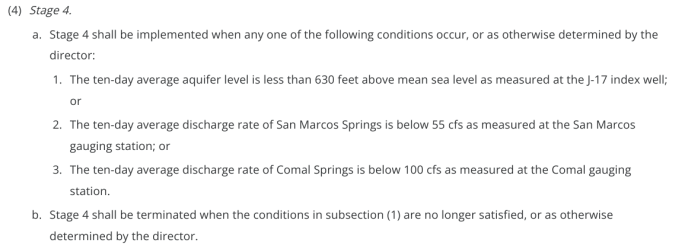
(Full text here. ) The J-17 well is the Edward’s Aquifer. So we measured three sources, and if any of them were low enough, it would trigger stage 4.
Under the new rules, the drought triggers are very different. What we do now is combine all the sources first, and then check how much of the total we’re using. So if one source is running low, another source can compensate, and we don’t enter drought restrictions.
Here’s the specific text:


It’s way less detailed than the old triggers. Take Stage 2: “The average daily water consumption reaches approximately 75% of the rated available water production capacity for a seven-day period.”
In other words, now we take Edward’s Aquifer, Comal, and our new water source Carrizo, and we add all those together. Any one of them can be really low, but maybe the others compensate. If we’re using 75% of the combined total, then we’ll go into Stage 2.
You can see the scenario that Parker is worried about: The Edwards Aquifer could be way down, and our river is super low, but we’re not under any drought restrictions because the supply from Carrizo.
Here’s the answer we were given this time:
We’re allowed to use a certain fixed amount of Edward’s Aquifer water until the Edwards Aquifer Authority says otherwise. And dagnabbit, we’re going to use it, because it’s the cheapest water we’ve got, and the way our pipes are set up means that we can’t easily switch from one source to another. The EA water keeps our system pressurized.
When the Edwards Aquifer Authority tells us we have to cut back, we cut back. But otherwise we just take the same amount every week.
Jane Hughson: Would it be possible that Edwards Aquifer is in severe drought, like stage 3 or 4, and we’re still in stage 1?
Answer: Yes! That could happen.
Jane: What about people in San Marcos on well water that comes exclusively from the aquifer? We’d be telling them that San Marcos is Stage 1, but they’d need to know that Edward’s Aquifer is in Stage 3.
Answer: We’ll have to publicize both stages. But we include the usage of people on well-water in our budgeted Edward Aquifer totals.
Jane does not like this. Neither does Jude Prather or Matthew Mendoza. Neither do I! It just feels icky to say that “haha, we’re going to use all this LUSH PLENTIFUL WATER no holds barred” in the middle of a drought, because we’re shipping it in from another part of the state.
I see what the city staff guy is saying, too – our Edwards Aquifer usage doesn’t fluctuate. End of story. Conservation doesn’t help the aquifer and being wasteful doesn’t hurt it. But he’s being a cold engineer about how real people internalize drought stages. Drought stages are also about setting people’s expectations and communicating to people that we need to be good stewards of our environments.
Yes, we’ve planned well and gotten into a healthy water supply situation. But if you zoom out, the entire state needs clean drinking water for decades to come, so let’s not be all “WE GOT OURS, SUCKS TO SUCK!” to everyone else.
In the end, everyone votes to approve the plan, 7-0. As Jane puts it, “I have concerns, but I’m willing to see where this goes.”


